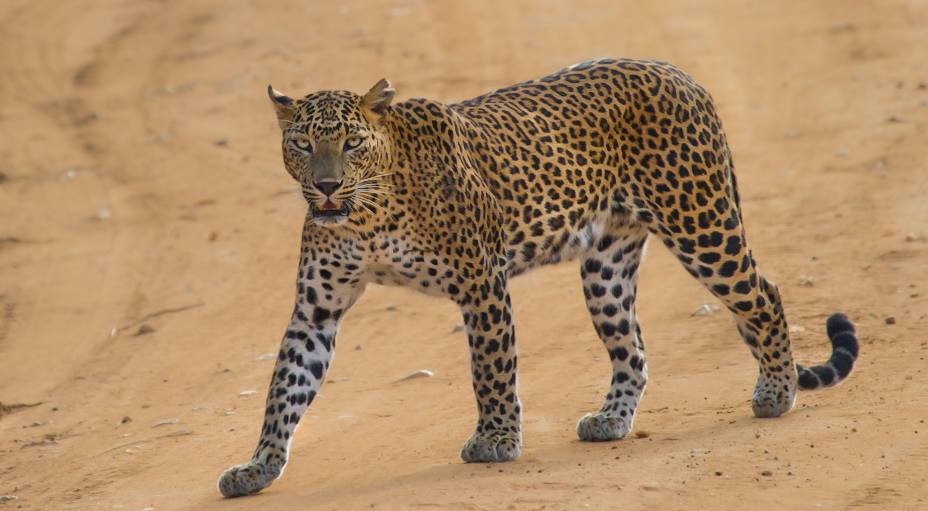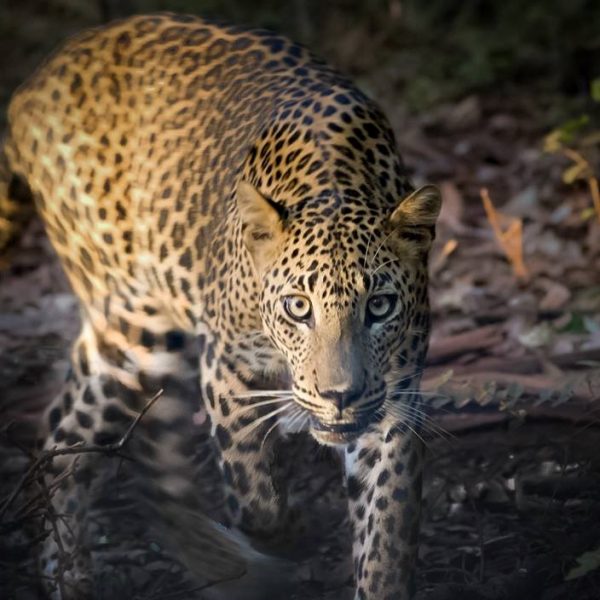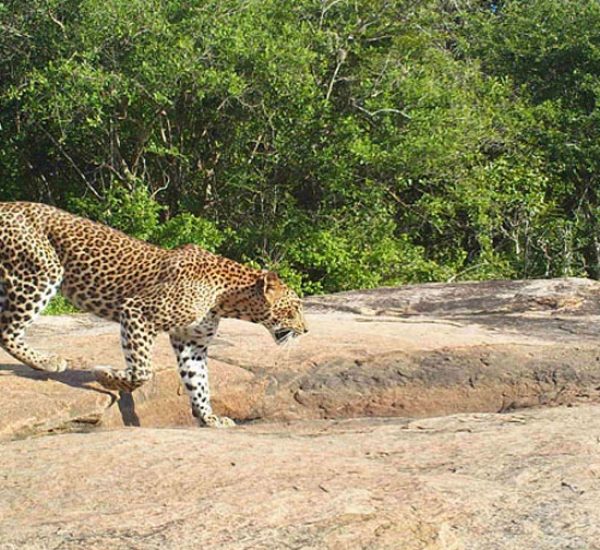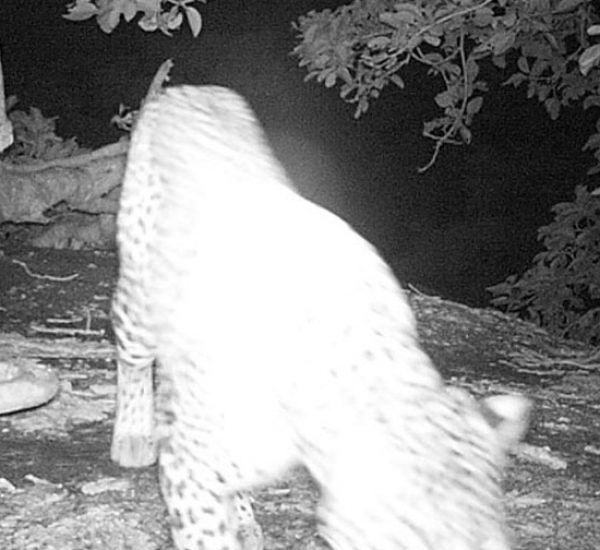Category:Independent Projects, Science

Project name
A Study of the Distribution and Ecology of the Sri Lankan Leopard (Panthera pardus kotiya) in Yala National Park, Sri Lanka
Project status
Completed
Location
Yala National Park
Project Parners
Cinnamon Nature Trails / Jonathan and Angela Scott
The Sri Lankan leopard (Panthera pardus kotiya), is an apex predator and the largest of Sri Lanka’s four wild cat species. As such, they play a significant role in ecosystems by initiating top-down forces and trophic cascades. Due to this role, ecosystem survival relies heavily on the leopards’ survival. They also act as sensitive indicators of ecosystem disturbances, since population size changes and reproduction rates can be easily monitored. The loss of leopards causes a disturbance in the balance of dominant prey species (spotted deer and wild boar) by reducing predator pressure on ungulates, increasing levels of herbivory and habitat loss and triggering a mesopredator release, eliminating smaller vertebrate species.
The most current research in Sri Lanka mainly focuses on the Sri Lankan elephant (Elephas maximus maximus). In contrast, the Sri Lankan leopard, receives little interest from the scientific community (Santiapillai and Jayewardene, 2004). However, there has been an increased public interest in leopards since 2009, increasing tourism in Ruhuna National Park’s Yala Block 1, causing higher levels of traffic within certain ‘leopard hotspots’ in the area.
Previously, leopards were tracked through the examination of pugmarks along the road, considering factors such as habitat, time of day and animal behaviour. Today, jeep drivers and trackers are increasingly reliant on the use of mobile phones; once a leopard has been spotted, calls are made and jeeps can be heard travelling through the park at breakneck speed, trying to arrive at the location of the sighting. There are scuffles between different groups over the best lines of sight and some vehicles may move off the road and into the scrub. This reckless behaviour poses a threat to the leopards and other wildlife, as well as damaging the flora in the park.
The study was conducted to understand the status and distribution of Yala Block 1’s leopard population, including animals that reside in the park’s buffer zones, and assess the role of habitat in this distribution. Based on the information collected, a better leopard-focussed wildlife tourism plan was developed for Ruhuna National Park, to minimise disturbance to leopards and improve visitor experience. Leopard surveys and conflict data were monitored in the park’s buffer zone. As the sub-adult leopards in the park begin to disperse from their natal areas, some will venture into the park buffer zone and even beyond. These areas are utilised for agriculture and cattle-grazing, and have become “sink sites” for leopards, giving rise to the human-leopard conflict.
A project to minimise conflict and retaliatory killing has already been initiated through the provision of leopard proof cattle pens to local herders, which will be monitored along with the leopard populations in these areas. Individuals will be identified through spot patterns and matched against juveniles that were seen and photographed inside the park.









